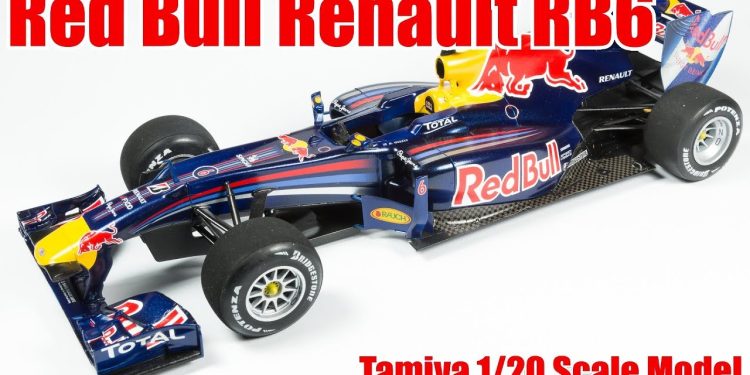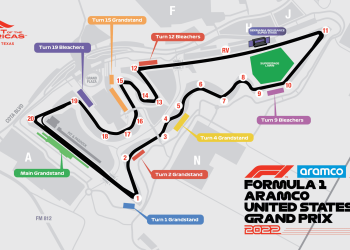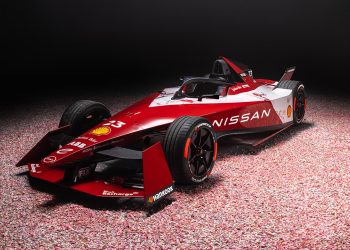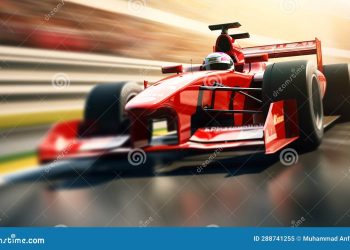In the world of intricate hobbies, Formula 1 plastic models offer an engaging way to combine the love for motorsports with artistic craftsmanship. These small, meticulously detailed replicas provide enthusiasts with a connection to the fast-paced world of Formula 1 racing, bringing the excitement of the racetrack into their homes. The challenge of assembling these models isn’t just about creating a miniature car; it’s about constructing a piece of history, capturing iconic moments and engineering marvels.
Building Blocks of Passion
Why do people build Formula 1 plastic models? It’s a question with many answers related to personal passion and nostalgia. Working on a model can feel like a conversation with racing legends. As each piece clicks into place, you are creating a narrative, revisiting races and podium finishes of the past. Whether recreating a Ferrari driven by Schumacher or a McLaren raced by Senna, these models allow us to honor the giants of the sport. Moreover, the process offers meditative satisfaction; in a chaotic world, there’s peace in careful assembly.
Choosing the Perfect Model
When dipping a toe into this hobby, selecting the right model can be daunting. Different scales, brands, and complexities cater to various levels of expertise and dedication. For beginners, brands like Tamiya and Revell offer kits that balance detail and ease of assembly. Experts might opt for detailed 1:12 scale models, which require more precision. Model choice often reflects personal connections to certain teams or races. Wanna reenact the 1988 Formula 1 Championship? Models exist to evoke that peculiar nostalgia.
A Deeper Dive into Scale and Precision
The scale of a model largely determines its complexity. Larger scales, like 1:12, offer more room for intricate details, perfect for those who love a challenge and have a steady hand. Meanwhile, smaller scales, such as 1:43, serve casual hobbyists well – a balance of detail without daunting complexity.
Historical Legacy in Plastic
Did you know? The first Formula 1 plastic models became popular in the late 1960s as Formula 1 itself rose in global recognition. These models weren’t just toys; they were representations of the cutting-edge automotive technology of their time. Today, they serve as both historical markers and teaching tools, demonstrating shifts in car design and technology through the decades.
Modeling Techniques and Tips
As with any artistic endeavor, there’s technique involved. When painting these models, thin, even layers make all the difference. An airbrush can offer superior finish over a traditional brush. Focus on accurate color matching for realism—an essential for those striving for authenticity.
- Take Your Time: Rushing leads to mistakes. Sidestep frustration with patience.
- Tools of the Trade: A hobby knife, sanding sticks, and precision tweezers go a long way.
- Study the Instructions: Before starting, understand the sequence and separate parts.
Real-Life Connections
Interestingly, many Formula 1 teams utilize model-making skills during their design phases. Scale models of proposed cars are wind tunnel-tested to study potential aerodynamic properties. So, in many ways, by assembling these models, you’re engaging in a small-scale version of real-world F1 engineering!
FAQs
How do I choose the right paint for my model? Enamel paints offer durability and a glossy finish, but acrylics are beginner-friendly and quick-drying.
Why is scale important in models? Scale is crucial for determining the level of detail and the model’s size relative to the original car.
Can kids build Formula 1 models? With adult supervision and simpler models, kids can definitely enjoy model building, fostering patience and interest in mechanics.

The Joy of Completion: Final Thoughts
There’s a distinct joy in standing back and appreciating a finished Formula 1 model. Beyond the aesthetic appeal, it’s about the journey—the hours spent hunched over, the small victories of perfect fits, the artistic expression in painting. Models transform a solitary hobby into a shared passion, connecting young and old, novice and expert, across the raceways of time.
Assembling Formula 1 plastic models is more than assembling plastic; it’s about being part of a vibrant community with shared passions for miniature motorsport marvels. Whether you’re crafting your first model or your fiftieth, there’s always something more to discover—new techniques, new stories, new challenges.
Thank you for exploring this fascinating world with us. We hope you’ll enjoy your journey as much as we do. Don’t forget to check other articles on our website for more thrilling hobbies and interests!
| Scale | Detail Level | Target Audience |
| 1:12 | High | Experts |
| 1:24 | Moderate | Intermediate |
| 1:43 | Basic | Beginners |















